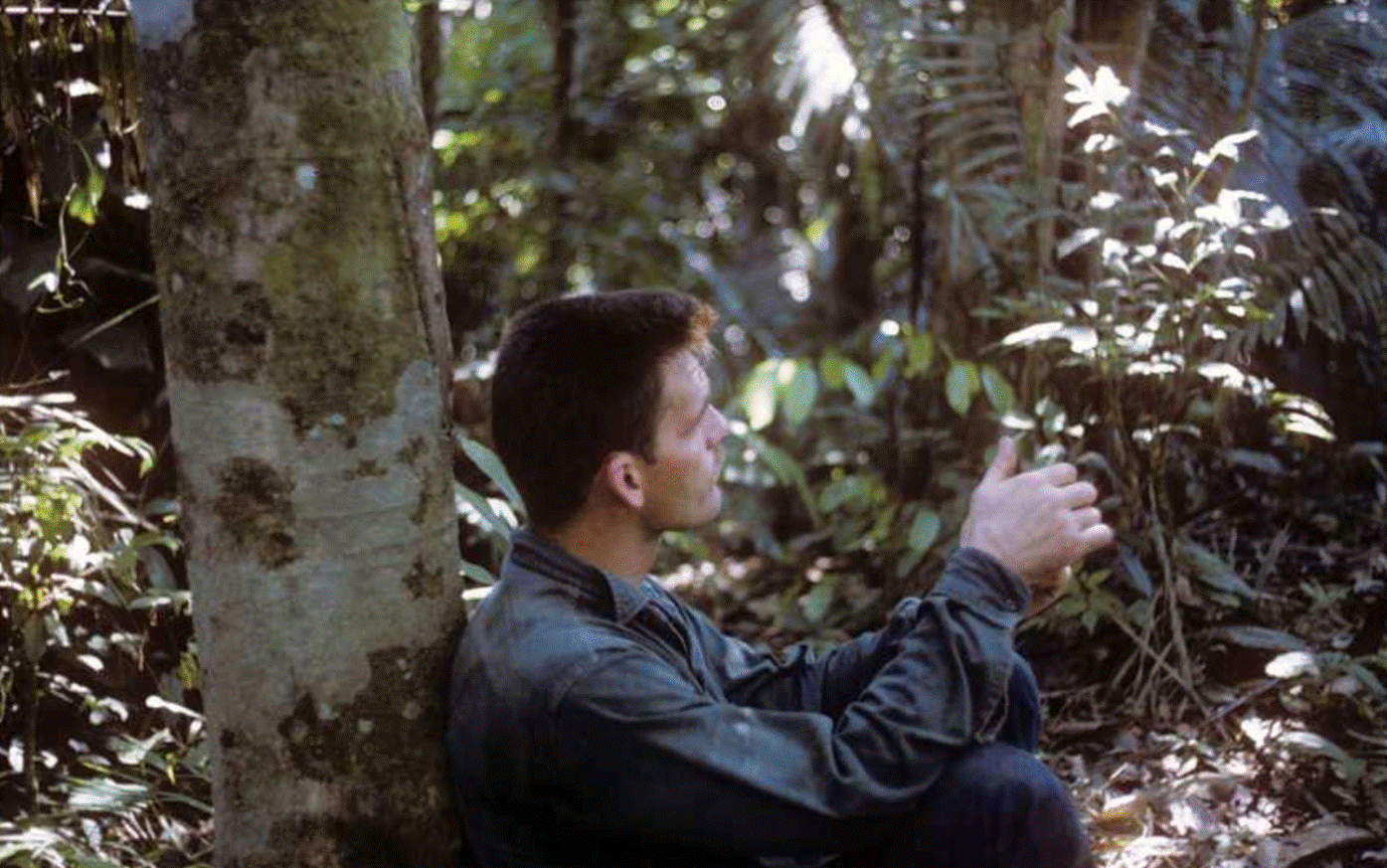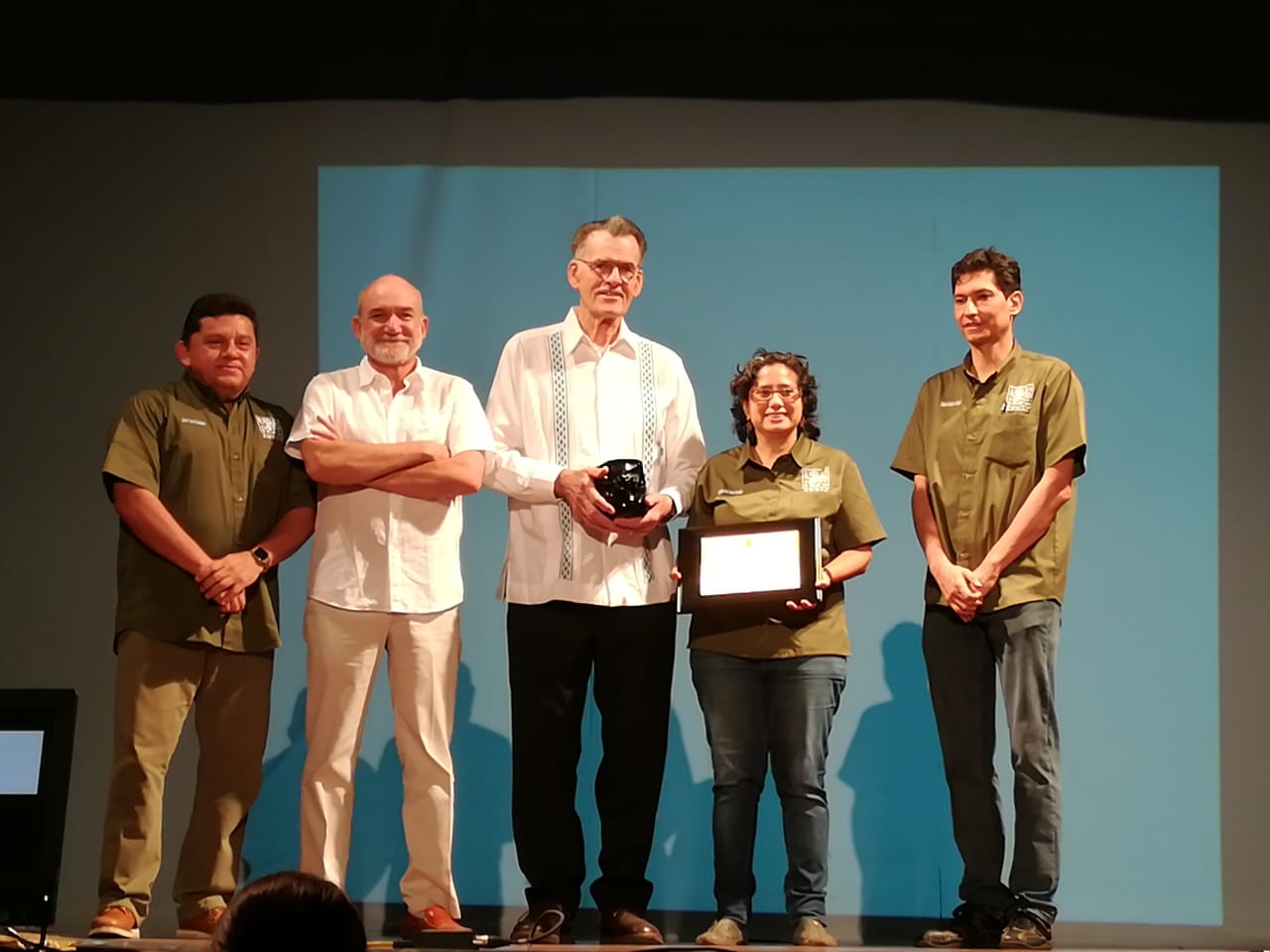It is a great pleasure to introduce this special feature honoring Dr. Alfred Lunt Gardner. Al’s many contributions to mammalogy span seven decades, two continents, and practically the entire tree of mammals. It is impossible to imagine what mammalogy in the Americas would look like without him. His academic contributions are as significant as his imposing stature.
Al was born in Salem, Massachusetts in 1937 and spent his early childhood there. His first interests in natural history were sparked by his 3rd-grade teacher, an amateur ornithologist who kept a cabinet of specimens in her classroom (Gardner 2005). In 1947, the Gardner family relocated to a farm in North Andover, Massachusetts, where, according to Al, he “practically lived in the woods fishing, hunting, and trapping” (pg. 277, Gardner 2005). In his adolescent years, Al would spend considerable time in the outdoors, honing his trapping and skinning skills. By his freshman year of high school, he was selling furs and evading game wardens (Gardner 2005). In 1953, his family moved to Tucson, Arizona, where Al found a trove of new habitats and wildlife to explore. By 1955, Al graduated high school, signed up for the Army Reserves, and enrolled at the University of Arizona, where his mammalogical interests would be further stimulated by E. Lendell Cockrum and his graduate students.
Al’s undergraduate path was a bit circuitous. He dropped out for a while, working as a welder and sheet metal man. His expertise in this area would later prove valuable as they enabled him to fashion traps from scraps, as needed. The capacity to jury rig is invaluable in remote field sites, and one that would serve Al well in many later field excursions. By 1962, Al received his B.S in Wildlife Management and, in 1965, his M.S. in Zoology, both from the University of Arizona. Upon completion of his M.S., Al worked as a professional collector and as a Fellow in Tropical Medicine associated with Louisiana State University (LSU) and based at the International Center for Medical Research and Training in Costa Rica. In 1967, he enrolled at LSU as a PhD student and by 1970 completed his degree in Zoology with a minor in Paleontology. Al’s dissertation is an impressive study of the systematics of Didelphis, completed under the mentorship of George Lowery. It is remarkable that Al finished his terminal degree so quickly given the amount of time he spent in the field. LSU collecting trips that involved Al always resulted in more specimens, and legend has it that Dr. Lowery always wanted more, so Al was in the field a lot (Figures 1, 2, 3). Today, the LSU collection contains 2498 mammal specimens with ALG field numbers, most of them collected between 1966 and 1971 in the United States (U.S.), México, Costa Rica, Panama, and Perú. Fifty years later, the ALGs from Perú are LSU’s most-studied mammal specimens.
During the early 1970s Al worked alternately as an Assistant Professor at LSU and Tulane University. In 1973, he began what would be his long-term position as Curator of North American Mammals at the U.S. National Museum of Natural History. At various times, his position was affiliated with the U.S. Fish and Wildlife Service (1973-1993), National Biological Survey (1993-1996), and the U.S. Geological Survey (1996-2018). Al retired in 2018, but has remained an active member of the mammal research community.
Al’s many significant contributions to mammalogy include at least 162 publications. His first paper appeared in 1960, while he was an undergraduate, providing novel natural history information on a rare mastiff bat in Arizona (Cockrum and Gardner 1960). In 1962, Al would describe his first new species, Glossophaga commissarisiGardner, 1962, named in honor of a fellow student who had died the year before. From this point on, Al’s research would use morphology, karyotypes, and a keen sense of natural history to solve taxonomic issues in mammals from North and South America, with much of his attention devoted to bats, but also significant work on marsupials, rodents, and others. In total, he would describe two new genera and 20 new species, while revising countless others (Mammal Diversity Database 2022). Through much of his career, Al also served as a reviewer, editor, and member of the International Commission on Zoological Nomenclature. Al cares deeply about nomenclatural practice, having long recognized its importance to the stability and progress we make in taxonomic research and the many other disciplines that rest upon this foundation. With his nomenclatural expertise, Al has helped countless others by clarifying sometimes complex rules and processes (e. g., Gardner and Hayssen 2004).

Figure 3 Al Gardner thinking deeply about neotropical mammals in Balta, Perú. Photo credit: Jim Patton.
Al’s work refining taxonomic resolution would culminate in the 2008 publication of Volume 1 of The Mammals of South America. Al edited the volume and authored many of its chapters. This beautiful, comprehensive book contains species accounts with synonymys, identification keys, distribution maps, and natural history details of nearly 400 species of bats, xenarthrans, shrews, and marsupials. This massive summation of centuries of investigation has no doubt fostered a wealth of subsequent research and inspired many youngsters to take up mammalogy as a career.
Al’s influence on our field of research goes well beyond simple counts of publications, specimens, and the like. While it is impossible to similarly tally a person’s influence on the work of subsequent generations of scientists, it is clear that Al’s influence on younger mammalogists has been profound. When Al was just a young graduate student at the University Arizona, he was already inspiring people who would become some of the most significant mammalogists of their generation. Don Wilson counts Al as the single most influential mentor during his early career (Wilson 2005) and Jim Patton credits Al with inspiring a disciplinary shift from Anthropology to Zoology after just one night of trapping kangaroo rats. Al’s influence would not end there. Paúl Velazco informs us that, during the late 1990s, as an up and coming young mammologist in Perú, he considered Al a near mythical mammalogical legend, known as ‘gigante con manos grandes’. Al’s influence in Latin America continues to the present day, where his publications are required reading for new and experienced mammologists alike (e. g., Gardner and Hayssen 2004; Ramírez-Pulido et al. 2014; Gardner and Ramírez-Pulido 2020) and the specimens he collected, which changed our understanding of Latin American mammal diversity, remain essential material for new generations of researchers. Proof of community-wide respect and admiration is reflected in awards received (e. g., Ticul Álvarez-Solórzano Award; Figure 4) and the patronyms bestowed on Al, including one genus, seven species, and one subspecies named in his honor.

Figure 4 Al Gardner (center), receiving the Ticul Álvarez-Solórzano Award from the Asociación Mexicana de Mastozoología A. C. in 2018. To Al’s left are Javier Sosa Escalante and Rodrigo Medellín; to his right are Cistina Mac Swiney González and Enrique Martínez Meyer. Photo credit: AMMAC archive.
The respect Al garners is due both to the rigor of his scientific contributions and his personality. Jose Ramírez-Pulido describes Al as a serious, formal, persistent, and wise scientist. As a critic, he is direct and objective. As a colleague, he is noble, humble, and magnanimous, all traits that inspire others to be rigorous in their own research while also generously supporting others. We hope that this special feature of Therya adequately honors Al’s prodigious, careful, and charitable efforts to advance the science of mammalian diversity.
In this special issue, we have assembled a set of papers on the mammals of the Americas. Each builds upon the foundational knowledge established directly and indirectly by Al through his research, fieldwork, and mentorship. Papers in this volume include work on natural history, functional morphology, ecology, biogeography, conservation, and systematics. These papers stand, both figuratively and literally, on the shoulders of a giant.











 nueva página del texto (beta)
nueva página del texto (beta)




